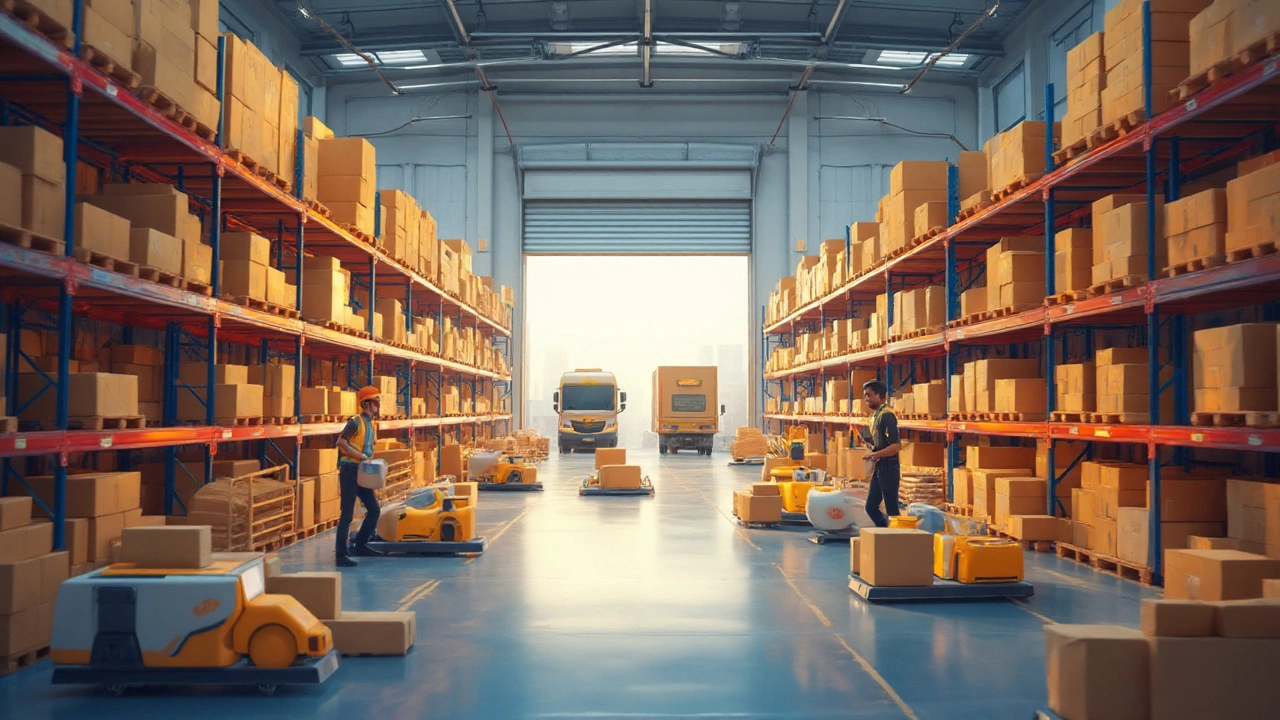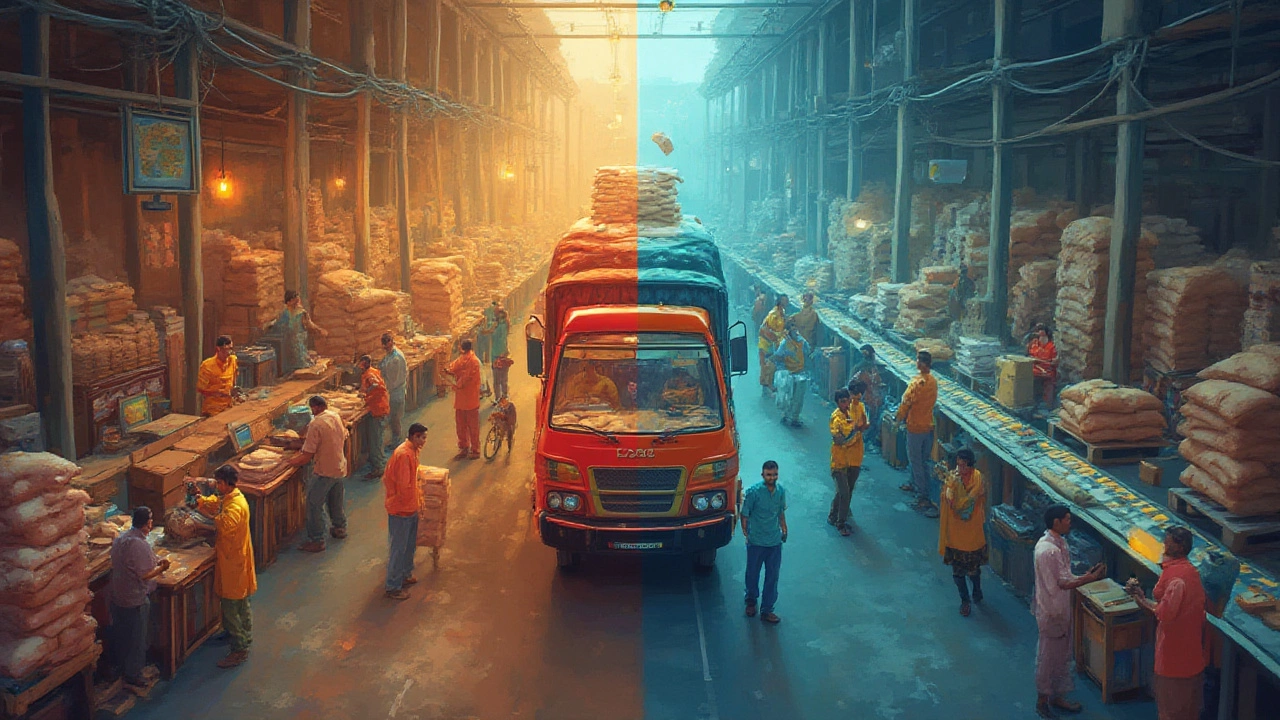E‑Logistics Explained: How Digital Shipping Makes Your Deliveries Faster
Ever wondered why your online order shows up so quickly these days? The secret is e‑logistics – the tech‑driven side of shipping that links orders, trucks and warehouses in real time. It’s all about using software, sensors and data to shave hours off the delivery chain.
What Makes E‑Logistics Different from Traditional Logistics?
Traditional logistics relies on phone calls, paper slips and gut feeling. E‑logistics swaps those for cloud platforms, barcode scanners and GPS tracking. When a retailer sells a bike online, the system instantly tells the nearest fulfillment center to pick the item, prints a label, and updates the customer’s tracking page. No manual paperwork, no guessing.
This digital approach cuts errors, lowers costs and gives you a clear view of every package’s location. It also means you can reroute a truck if traffic snarls appear, or adjust inventory on the fly when a product sells out faster than expected.
Key Benefits for Businesses and Customers
For a bike transport business in Chennai, e‑logistics means you can book a shipment, see the bike’s exact position, and notify the buyer when it’s out for delivery – all from a single dashboard. Customers love the transparency, and you save time by automating loading plans and route optimization.
Other perks include:
- Faster order processing: Orders move from sale to dispatch in minutes, not days.
- Smart warehousing: Automated sorting systems know where each bike belongs, reducing handling.
- Lower shipping costs: Efficient routes mean less fuel and fewer empty miles.
- Real‑time alerts: If a delay pops up, both you and the customer get a heads‑up instantly.
All of these add up to happier customers and a healthier bottom line.
If you’re still on the fence, check out some of our recent posts like “E Logistics Explained: How Electronic Logistics Powers Fast Delivery and Smart Warehousing” and “Logistics vs E‑Logistics: Key Differences in Modern Supply Chains.” They dive deeper into the tech tools and real‑world examples you can start using today.
Ready to upgrade? Start by picking a cloud‑based warehouse management system (WMS) that integrates with your existing shipping carrier. Connect it to a GPS‑enabled fleet, and watch the data flow smooth out your operations. You’ll soon see fewer missed pickups, faster deliveries, and happier riders waiting for their newly shipped bikes.
In short, e‑logistics isn’t just a buzzword – it’s the practical engine behind the speed and reliability you experience every time you order something online. Embrace it, and your bike transport service can keep up with the digital age while keeping costs low and customers smiling.


